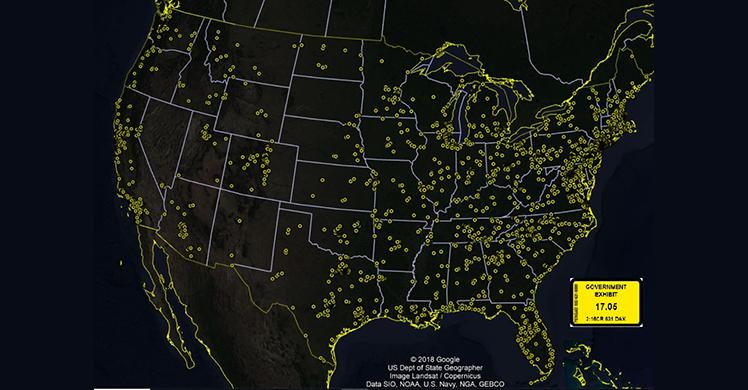Ice And Water Shield Code Utah

Jump to full code chapter in areas where there has been a history of ice forming along the eaves causing a backup of water as designated in table r301 2 1 an ice barrier shall be installed for asphalt shingles metal roof shingles mineral surfaced roll roofing slate and slate type shingles wood shingles and wood shakes.
Ice and water shield code utah. 2 consistent with title 65a chapter 8 management of forest lands and fire control the legislature adopts the 2006 edition of the utah wildland urban interface code issued by the international code council with the alternatives or amendments approved by the utah division of forestry as a construction code that may be adopted by a local compliance agency by local ordinance or other. The eaves flashing shall be installed from the end of the deck to a minimum of 24 inches up the slope. There are more considerations such as pitch and other factors but over all that s a good rule of thumb for a quality roof. Roofing ice and water shield is a critically component to any new roofing system especially in cold weather climates.
Anything less than 3 12 shouldn t be shingles imo but if it is we ice shield the whole thing first. 2 over hang 6 ice shield. Ice and water shield. Ice water shield is a thick sticky back underlayment also known as felt paper that will adhere to your roof deck and prevent water from seeping into your home if it gets under your shingles.
Ice and water protector sometimes also referred to as ice and water shield is a waterproof roof underlayment membrane developed to protect vulnerable areas on a roof from ice and water damage. R905 1 2 ice barriers in areas where there has been a history of ice forming along the eaves causing a backup of water as designated in table r301 2 1 an ice barrier shall be installed for asphalt shingles metal roof shingles mineral surfaced roll roofing slate and slate type shingles wood shingles and wood shakes. A good rule of thumb is 1 overhang 3 ice shield. An icon used to represent a menu that can be toggled by interacting with this icon.
This code implies that ice and water shield eaves flashing is required for installation on all heated steep slope structures exception is unheated structures in colder climates. If an ice dam occurs on your roof and water backs up under the shingles it will seep down into your home through the nail holes holding the shingles on and into your attic. Many local building codes require ice and water shield and national building code states ice and water shield must start at the roofs eave edge and extend 2 ft inside heated wall space of a structure.































